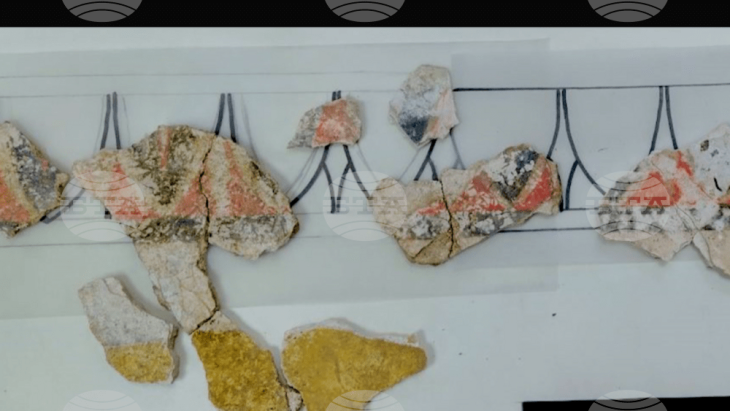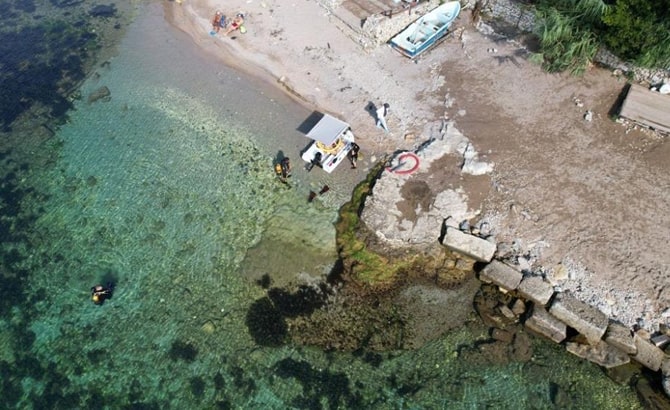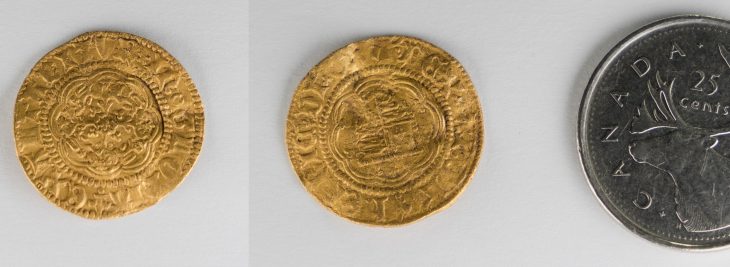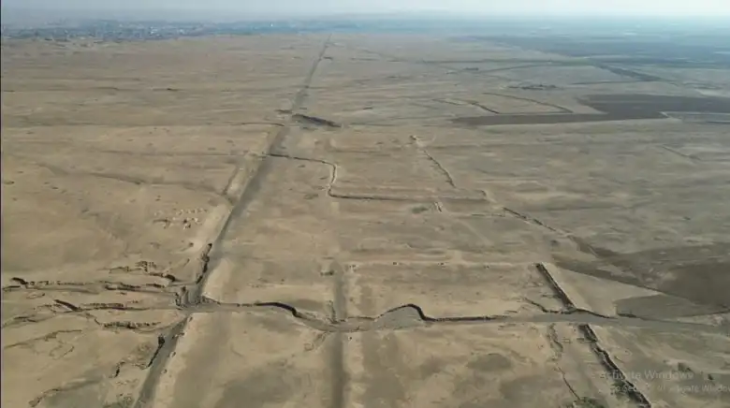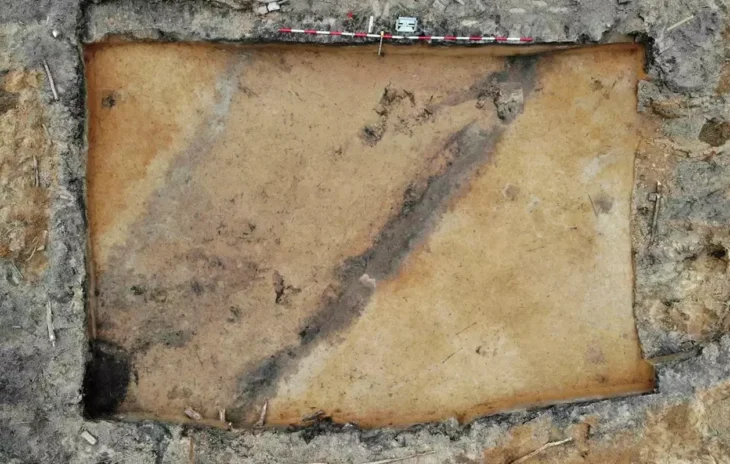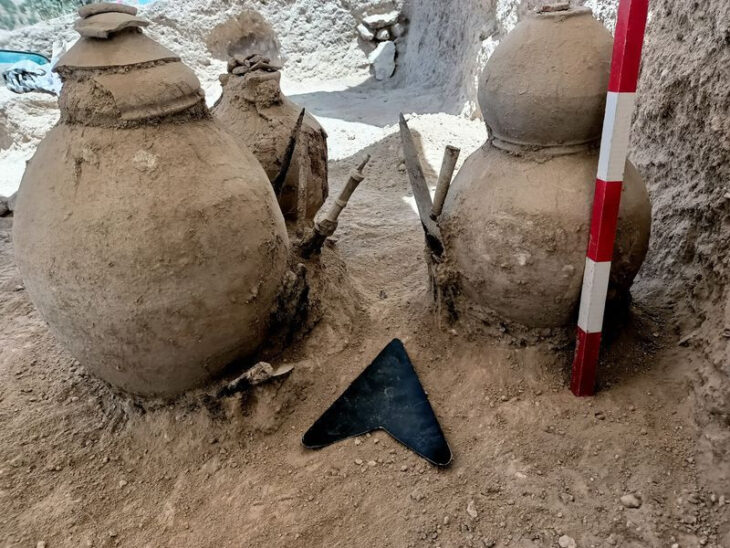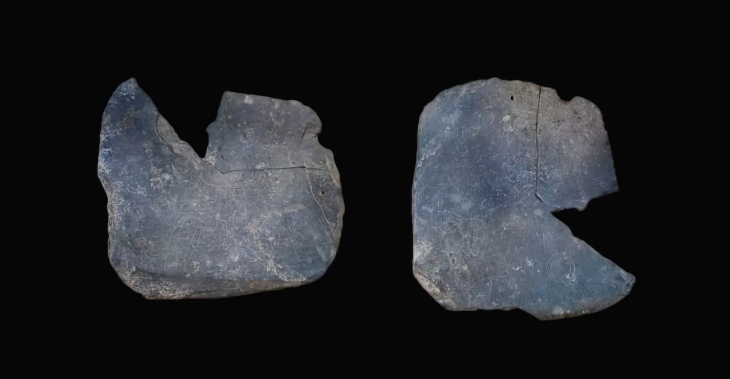Archaeologists have unearthed 5 more tombs dating to the Early Bronze Age during the recent excavations on Çayönü Hill in the Ergani district, southeast of Diyarbakır. With these new discoveries, the total number of graves in the area has risen to 10.
Bearing the first traces of the Neolithic Age, when agricultural activities and the transition from nomadism to settled life started, is of great importance not only for the region’s history but also for the history of world civilization, as it is dated about 10,000 years ago.
Archaeological excavations started in 1964 but were interrupted in 1991 for security reasons and restarted eight years ago.
Professor Aslı Erim Özdoğan, who leads the excavation efforts from Çanakkale Onsekiz Mart University’s Department of Archaeology, emphasized the historical importance of the site, stating: “The Hilar Caves, an archaeological site of the highest degree located in the rural Sesverenpınar District, and Çayönü Hill, situated just 500 meters (1,640 feet) to the north, are recognized as pivotal points in the history of civilization. Since the commencement of excavations in 1964, remains and artifacts ranging from 7500 B.C. to 5500 B.C. have been uncovered, offering a glimpse into life during that era.”
The excavations have revealed that the region was a cradle for early agricultural activities, including the cultivation of crops such as wheat, chickpeas, and lentils. The domestication of animals such as sheep and goats, as well as the transition from hunting to settled life, are also evident in the findings. The ongoing work at Çayönü Hill has provided significant evidence of the beginnings of agricultural practices and the Neolithic period.

This year’s excavations have yielded a particularly significant discovery: five graves. The burials, characterized by skeletons in fetal positions, are identified as belonging to the early Bronze Age.
“The focal point of our work is to establish clearer links between the non-pottery Neolithic period and the pottery Neolithic period,” explained Özdoğan. “Our exploration of the Early Bronze Age, spanning from 3000 B.C. to 2950 B.C., aims to shed light on this transitional phase.”
The investigation also aimed to ascertain the extent of the cemetery area and its expansion over time. “We have discovered a total of 10 graves this year, building upon the findings from the previous year,” Özdoğan stated. “One of the notable discoveries is a complete female skeleton, raising questions about the gender composition of the burials. This insight will be further refined as more excavations are conducted and gender analyses are carried out.”
The archaeological endeavors have not only revealed graves but also unveiled structures that provide a deeper understanding of the area’s history. “In the pre-pottery Neolithic period, we uncovered the remains of buildings, which was a significant development. Our research has also clarified the relationship between the sediment-filled stream that once flowed across the plain and the layer that now covers it,” Özdoğan explained, underscoring the project’s multidimensional nature.
Cover Photo: DHA



